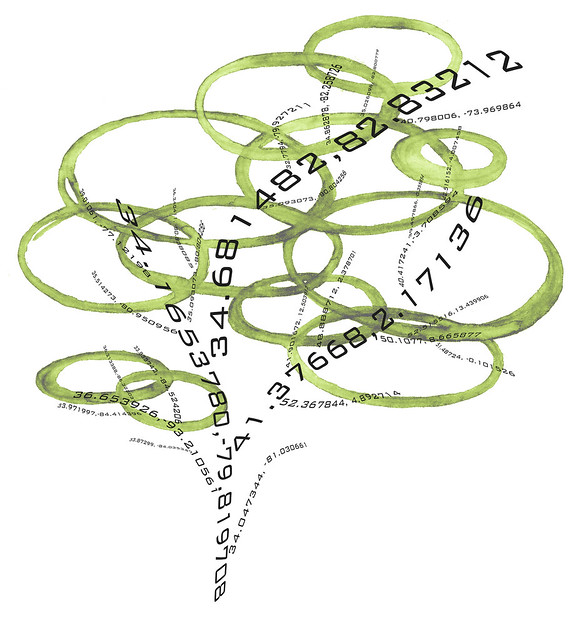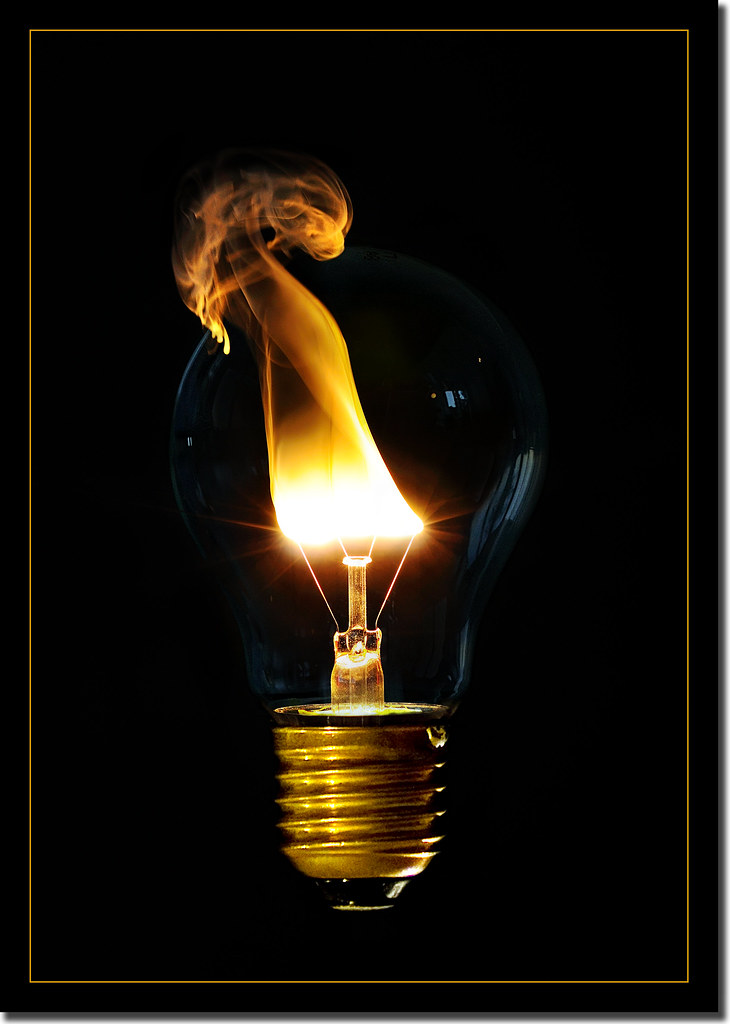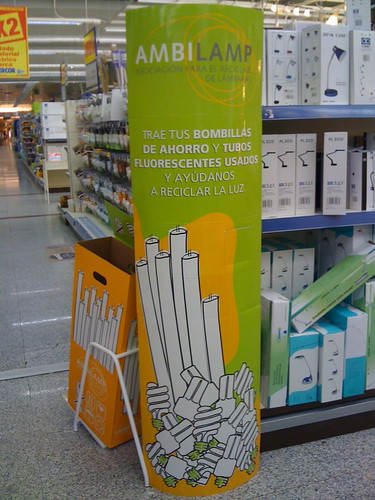12036 NM Smart Grids for Europe En
SAP recently presented a white paper entitled Smart Grids for Europe – Benefits, Challenges and Best Practices to EU commissioner G?nter Oettinger.
The paper makes the case that there are few (i.e. no) ICT transformations that are as promising as Smart Grids in meeting Europe’s urgent energy challenges. The paper also makes a compelling case for Europe to leverage its continental scale and develop a single market Smart Grid. In such a market, on cloudy days, excess electricity generated from wind and wave energy in Ireland and Spain, could be sold into the German market if solar farms, for example were under-producing! Wind is a notoriously variable supplier, but given a large enough grid, it becomes quite stable (the wind is always blowing somewhere!).
The paper identifies the challenges facing the European energy sector currently –
- Growing demand and rising prices
- Ageing infrastructure – the electric utility infrastructure in most of Europe is between 60 and 80 years old
- Climate change and sustainability – 20% reduction in GHG by 2020
- Energy efficiency – the EU has a 20% energy efficiency target
- Energy market liberalisation – both generators and consumers now have the right to transact business across internal EU borders
- Security of supply – reduction of imports and esp fossil fuels
The paper went on to outline the advantages to Europe of smart grids – benefits for both the consumer (residential as well as industrial) and for the retailers and generators. Further benefits come from helping Europe meet its GHG reduction targets by facilitating greater penetration of renewables onto the grid and from making Europe more competitive in world Smart Grid markets.
The current state of Smart Grid deployments in Europe is, however, at best, early stage. The existing efforts are largely national with little coordination among them.
The white paper recommends developing an EU legislative Framework for Smart Grids – complete with proposed milestones. It further recommends incentives for investments in Smart Grids, common European standards for Smart Grids, ensuring privacy, security and trust in Smart Grids and consumer awareness campaigns, amongst other suggestions.
This paper is well worth a read, whether you are EU-based or not, if you have any interest in our future energy roadmap.
You should follow me on Twitter here








